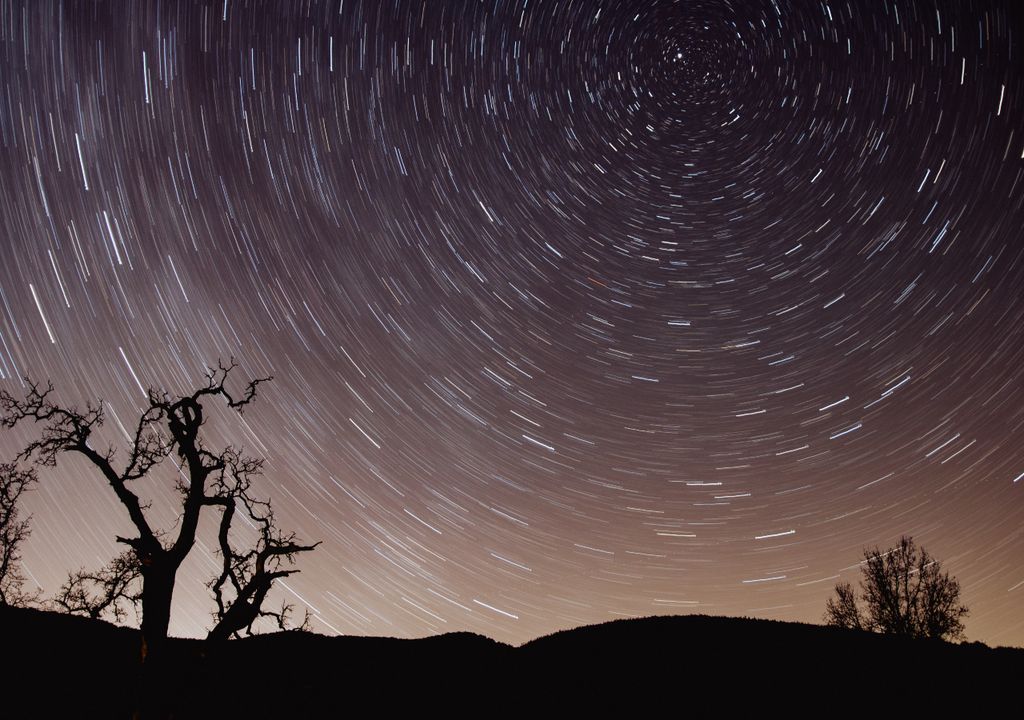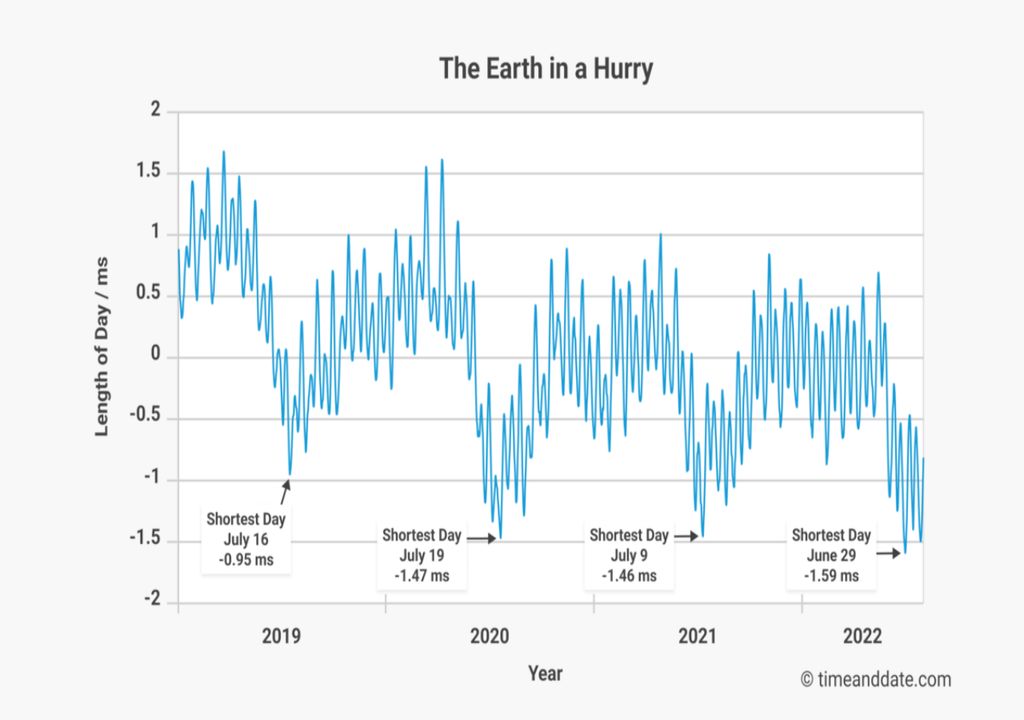
Of course no one noticed. But the fact is that on June 29, the Earth rotated faster and the day was a little shorter. Although we assume that the Earth’s rotation is constant, in fact it has slight variations.. And now, according to the site time and dateAnd the On that day, the planet set a new record for the fastest time to complete a rotation.
We’re talking about a 1.59ms difference, so no one noticed the difference.. But anyway, the day has become shorter. According to the TimeAndDate post, this measurement and comparison was made using atomic clocks. This is the latest in a series of Earth speed records since 2020.
Our civil calendars cycle from day to 24 hours, although in reality this number is not very accurate.. In general, over long periods, the Earth’s rotation slows down. Every century, the Earth takes about a millisecond to complete one revolution (where 1 millisecond equals 0.001 seconds).
earth records
Remarkably, within this general pattern, the speed of Earth’s rotation fluctuates.. From day to day, the time it takes the planet to complete one revolution increases or decreases by a fraction of a millisecond. Scientists who study the Earth’s rotation use the term “day length” to refer to its slow or fast rotation, according to the same report.
The length of a day is the difference between the time it takes the Earth to rotate once on its axis and 86,400 seconds (i.e. 24 hours). As the length of the day increases, the Earth rotates more slowly. When it decreases and becomes a negative number, the Earth rotates faster. In recent years, the Earth has been accelerating. for example, In 2020, it became known that the Earth has reached the shortest 28 days Since accurate daily measurements using atomic clocks began in the 1960s.
The shortest day ever in 2020 was 1.47 milliseconds on July 19. The Earth continued to rotate rapidly in 2021, although the shortest day of the year in 2021 was partly longer than it was in 2020. Now, in 2022, things are speeding up again. On June 29, Earth set a new record for the shortest day in the era of the atomic clock: -1.59 milliseconds. Earth came close to breaking the record again the following month, recording a day length of -1.50 milliseconds on July 26..
Leap seconds date
As I mentioned Forbes ArgentinaAnd the Until a few years ago, the Earth’s rotation was thought to be slowing down after several consecutive measurements of atomic clocks since 1973. a Department of Earth Rotation Systems and International References The (IERS) even started adding “leap seconds” from time to time to compensate for the slower rotation, What last happened on December 31, 2016.

Although we are now looking at shorter day events, scientists believe that this is on a longer time scale The real pattern would be that observed in the 1970s, i.e. the Earth tends to slow down. In fact, The moon is slowly slowing down in the Earth’s rotation. Its gravity causes tides and makes the Earth’s orbital path around the sun slightly elliptical.
But now, in the face of these fast turns of the earth, there are many possibilities. some They think it’s because glaciers are melting, which means a drop in weight at the poles, or the motions of our planet’s molten inner core, or seismic activity.. Another option might be the “Chandler Oscillation,” the movement of the Earth’s geographic poles across its surface. What is certain is that with this temporal acceleration, the Earth is passing through the same point a little earlier. It is the equivalent of 26 cm at the equator, which can be a problem for even the most accurate GPS..

“Coffee trailblazer. Social media ninja. Unapologetic web guru. Friendly music fan. Alcohol fanatic.”

